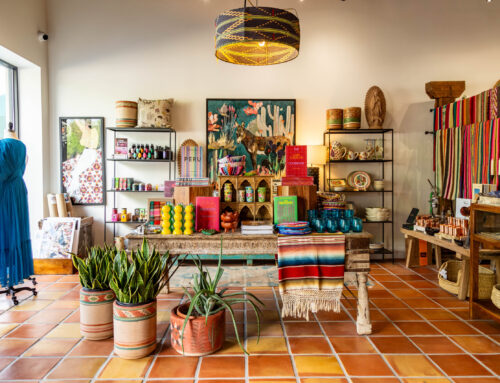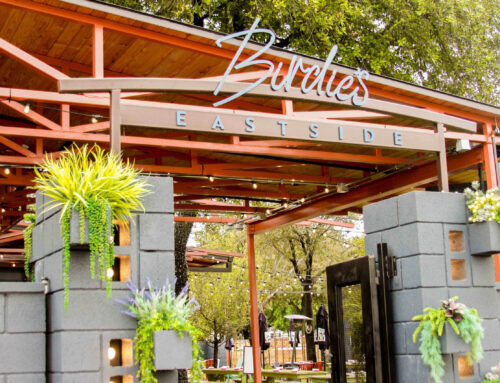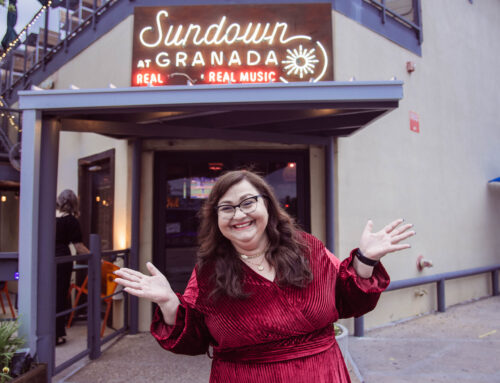Dallas is a young city, unlike the centuries-old Italian metropolises where local landscape architect Kevin Sloan spent years as a professor. There, he experienced cities that had evolved over centuries.
Sloan chairs the city’s fairly new Urban Design Peer Review Panel, comprising a sort of who’s who of the area’s architects, urban planners and engineers. They give feedback on projects seeking city funds before these projects can receive the city’s green light. The views of the planners often clash with the views of the developers, feeding into stereotypes of the former as naïvely idealistic and the latter greedily pragmatic.
But Sloan, who settled in Dallas because he saw ample room for improvement, believes the two sides can find common ground. Though Dallas may be built on poor urban design, Sloan observed something in Italy that makes him optimistic: For cities that have survived the test of time, perhaps even more crucial than their original design were the designs that followed.
[quote align=”right” color=”#000000 “]“Can we create a world that has something to offer rather than just asphalt to drive on and parking spaces to park in? Something that delights us and makes us smile?”[/quote] Take Capitoline Hill in Rome, which Michelangelo was commissioned to rework in 1538. His task was to reinstate this citadel of the earliest Romans as a present-day city center. His palette included two crumbling, ancient palazzos that faced each other at odd angles and weren’t complementary. Instead of destroying them, however, Michaelangelo reconstructed their façades and added a third palazzo to create a unique trapezoidal space, within which he fit an oval-shaped plaza. The result was the Piazza del Campidoglio, one of the world’s great squares.Campidoglio is an apt example of the late architect and urban planner Edmund Bacon’s “principle of the second man,” Sloan says. Here in Dallas, we are more likely to bulldoze a structure and build something bigger and “better” in its place, rather than using imagination to improve upon what is. The latter, Sloan says, is the task of the second man, whose posture of humility gives precedence to the work of the first man.
The other complication for us Dallasites is that we’re also Texans. Our forefathers historically have viewed land through the lens of extraction, Sloan says — take the oil out of the ground, plant the cotton in the field.
It shouldn’t be about “speculation, short-term gain, ‘here is what this place can do now,’ ” Sloan says. “City-making is about investment, where what you build is directly related to the qualities of what it has to offer.”
He tells the story of a magnificent duomo, or church, in the Italian villa of Monreale. Within it is a fresco depicting King William II gifting the structure to the Virgin Mary. Sloan noticed something similar when he visited the famed Woolworth Building in Manhattan: One of the corbel statues depicts architect Cass Gilbert holding a model of the building — or, as Sloan interprets it, “giving the building to the person arriving in the lobby.”
“Something profoundly changes when your work is also in service of being an offering,” he says. “It’s a giving, not just a taking. We’ve grown up in another world, but our instincts want something different and we’re finding our way forward.”
As chair of the city’s Urban Design Peer Review Panel, Sloan must hold in tension the panel’s charge to ensure that projects should “contribute to Dallas’ economic success” and that they should also “demonstrate a high level of design” and “fit well within their context.”
“If we did that besides just worry about what the bottom line looks like, the bottom line would get bigger,” Sloan says. “Can we create a world that has something to offer rather than just asphalt to drive on and parking spaces to park in? Something that delights us and makes us smile?”
The Lakewood Shopping Center is not up for panel review. Still, Sloan believes, it’s an optimal place to focus such a conversation.
“What the community is asking is, ‘What will this place have to offer us?’ ” Sloan says. “That’s a very profound question.”
See all stories for Dreams and reality: Lakewood Shopping Center





